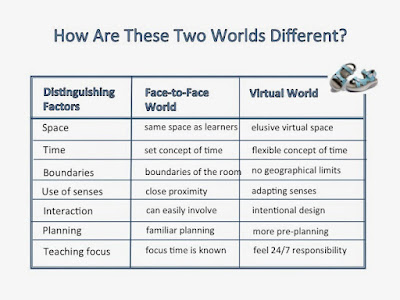The third step is LOOKING AT ONLINE LEARNING AS A HUMAN EXPERIENCE. Credit Marshall McLuhan with researching and discussing this as early as the 70s - see his Understanding Media: The Extensions of Man. Other researchers have built on this idea – John Short and colleagues who developed a concept of presence (in the 70s), Lani Gunawardena whose research emphasized engaging learners (in the 80s and 90s), Palloff and Pratt who more recently researched and wrote on creating community in cyberspace, Caspi and Blau who focused on online learners as partners, and Lehman and Conceição whose book in 2010 Creating a Sense of Presence: How to ‘Be There’ for Distance Learners. San Francisco: Jossey-Bass helps integrate and expand on the research.
Reference
Lehman, R. M., & Conceição, S. C. (2010). Creating a Sense of Presence in Online Teaching: How to “Be There” for Distance Learners. Jossey-Bass.













